Caring For Bromeliads: What You Need To Know To Grow Them Indoors

by
Joy Us garden
(IC: blogger)
Bromeliads are a very popular houseplant so I want to share with what I’ve learned over the years about caring for them indoors.
Oh Bromeliads, how I love you! I’m so happy that I’m able to grow a variety of these pineapple relatives in my garden here in Santa Barbara. Bromeliads are tough, interesting and don’t need any fussing over which is my kind of plant to have in a climate where gardening is a year round activity. They’re a very popular houseplant so I want to share with what I’ve learned over the years about caring for them indoors. By the way, this post is about growing them indoors for the long haul, not just as a short term blooming/color plant.
{
"id": "3260318",
"alt": "",
"title": "",
"video_link": "https://www.youtube.com/embed/cdh-Sgcvcb8",
"youtube_video_id": "cdh-Sgcvcb8"
}
{
"width": 634,
"height": 357,
"showRelated": true
}
Here is a video with all the details
I’ve not only cared for and placed 100’s of Bromeliads on commercial accounts but I’ve also grown them as houseplants too. I’m happy to share what I’ve learned with you:
This is Aechmea fasciata, the Bromeliad that was the most popular in my interior plantscaping days.
Guzmanias have bright, showy flowers but their foliage is rather plain.
This is Pink Quill Plant, which actually has the genus Tillandsia (along with its other Air Plant friends).
Enjoyed the project?

Want more details about this and other DIY projects? Check out my blog post!
Published February 8th, 2016 3:05 PM



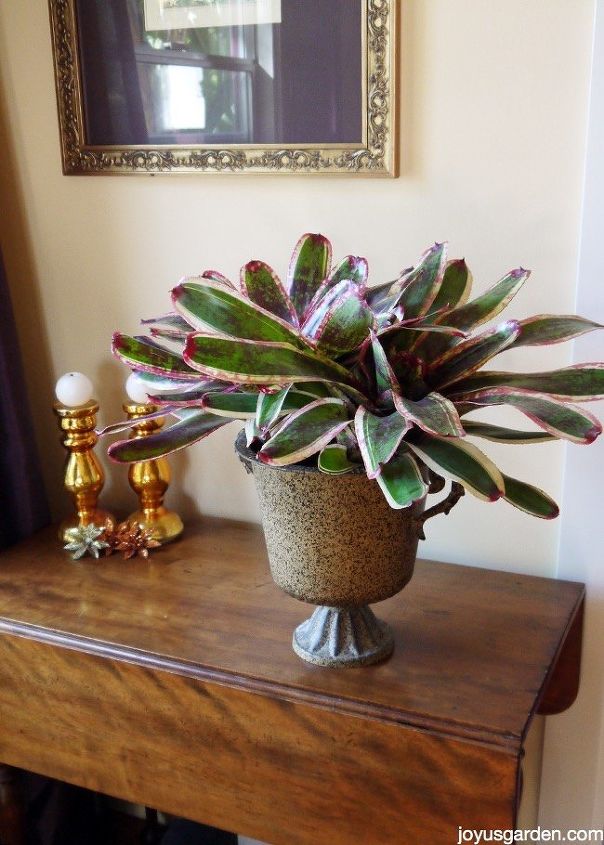




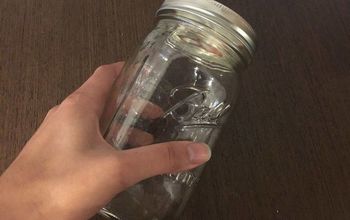
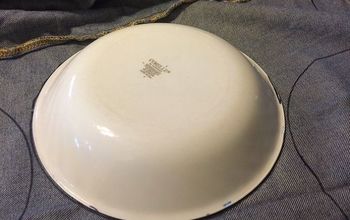




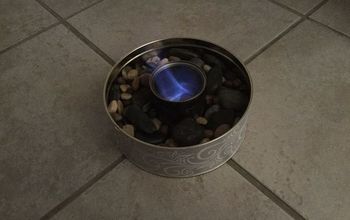

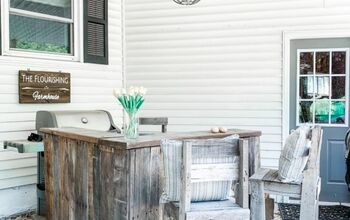
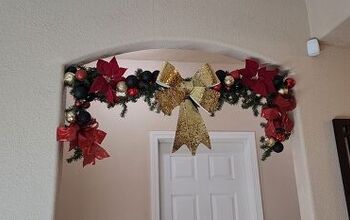


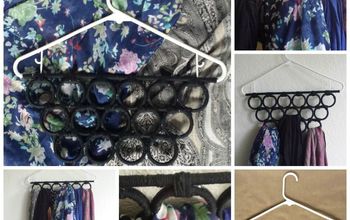

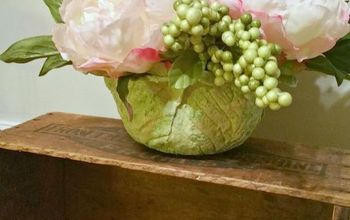



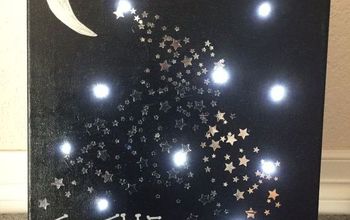
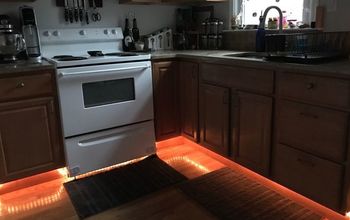
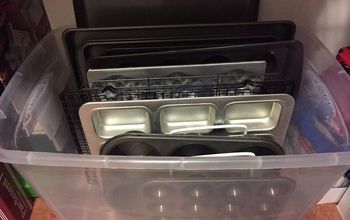


Frequently asked questions
Have a question about this project?